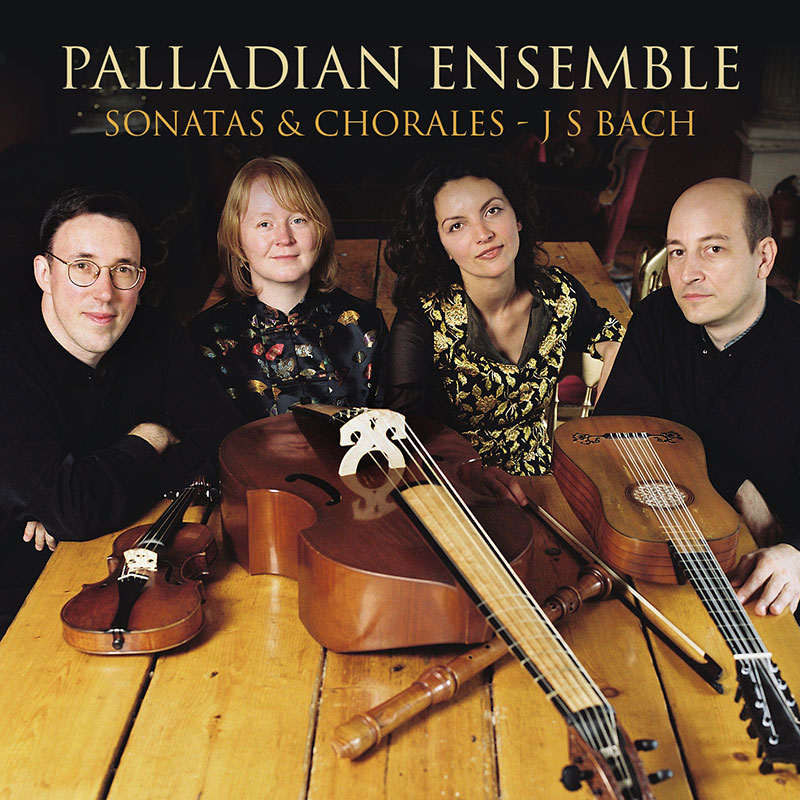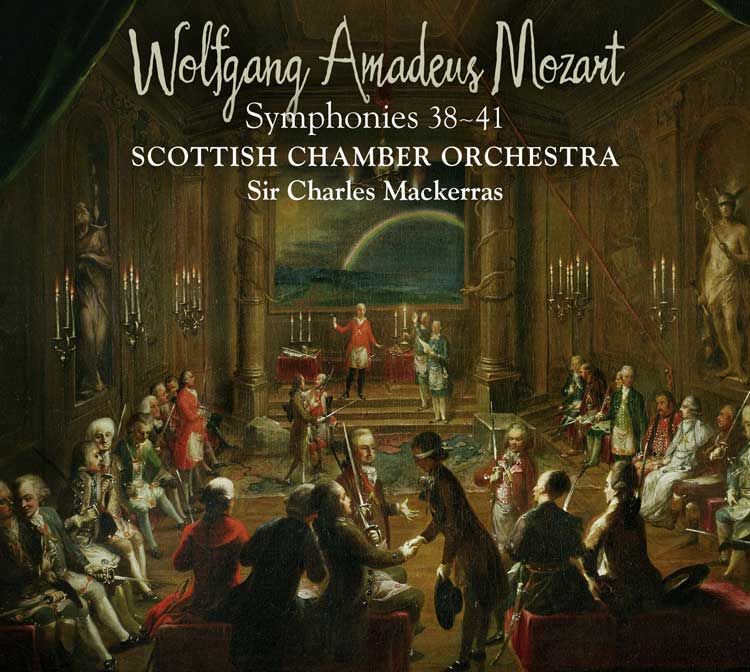Logowanie
Mikołaj - ten to ma gest!
Elton John, The Mamas & The Papas, Cat Stevens, Rod Stewart, Bobbie Gentry, Stevie Wonder, Engelbert Humperdinck
Memory Lane
Edycja Numerowana - 1000 egzemplarzy w skali światowej
RACHMANINOV, Eiji Oue, Minnesota Orchestra
Symphonic Dances / Vocalise
Best Recordings of 2001!!! NAJCZĘŚCIEJ KUPOWANA PŁYTA Z RR!
Karnawał czas zacząć!
Music of Love - Hi-Fi Latin Rhythms
Samba : Music of Celebration
AUDIOPHILE 24BIT RECORDING AND MASTERING
CHOPIN, LISZT, DEBUSSY, DVORAK, Gerhard Oppitz
Dances romantiques - A fantastic Notturno
Wzorcowa jakość audiofilska z Clearaudio
Winylowy niezbędnik
ClearAudio
Double Matrix Professional - Sonic
najbardziej inteligentna i skuteczna pralka do płyt winylowych wszelkiego typu - całkowicie automatyczna
Palladian Ensemble
Sonatas & Chorales
- Palladian Ensemble - group
Part of the beauty of Bach's music is its flexibility of performance. He himself capitalised on that aspect, re-scoring his work to suit the instruments at hand, or simply the occasion. Such transcriptions are the meat of this impressive new disc by the Palladian Ensemble - a combination of recorder, violin, viola da gamba and lute - which celebrates its 15th anniversary this year. Many of the tracks will be recognisable as stemming from Bach's extensive organ oeuvre. They lose nothing in the stylish and buoyant sensitivity of these performances. The Scotsman - February 2006 Delectable Bach played by the Palladians Q: why does it take four musicians to play a Baroque trio sonata? A: that's because the bass line, known as the basso continuo, was improvised in a sort of shorthand favored by composers of that era, typically by a bass instrument such as a bassoon or a viola da gamba, and a keyboard instrument, usually a harpsichord or organ. The process, known as "figured bass," was not too different from what jazz musicians do today from a "chart," which is a bit more detailed than what their Baroque predecessors had to work with but still far short of a written-out part. On the present Linn offering by the Palladian Ensemble of Sonatas & Chorales by J. S. Bach, the continuo is realized by Susanne Heinrich, viola da gamba, and William Carter, baroque guitar and archlute, and the melody lines are played by Pamela Thorby, recorders, and Rodolpho Richter, violin. The ensemble playing here is superb, in a program consisting of Bach's Trio Sonatas, BWV 526, 528 and 1039; Violin Sonata in G Major, BWV 1021; and five trio settings from the Leipzig and Schübler Chorales. To those who know this repertory, it is music of considerable charm and intimacy, especially as played here by the Palladians. The chorales heard here are not just fillers between the major works on the program but delightful miniatures in their own right. I love the lilt of Thorby's recorder in Kommst du nun, Jesu, von Himmel herunter (Come now, Jesus, down from Heaven), BWV 650, and the wonderful feeling of joy the whole ensemble impart to Allein Gott in der hoh sei ehr (To God alone be highest praise), BWV 664. (The levity is part of Bach's own religious worldview, which harkens back to the tradition that the Disciples laughed for joy when they heard the news of the risen Christ.) Perhaps the most sublime moments on this program are the well-known chorale Wachet auf, ruft uns die stimme (Awake, the voices call to us), BWV 645 and the beautiful Adagio in the Violin Sonata, in which Richter's 1674 Guarnarius sounds very expressive. Phil Muse, Atlanta Audio Society - Feb 2006






























